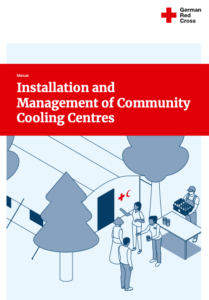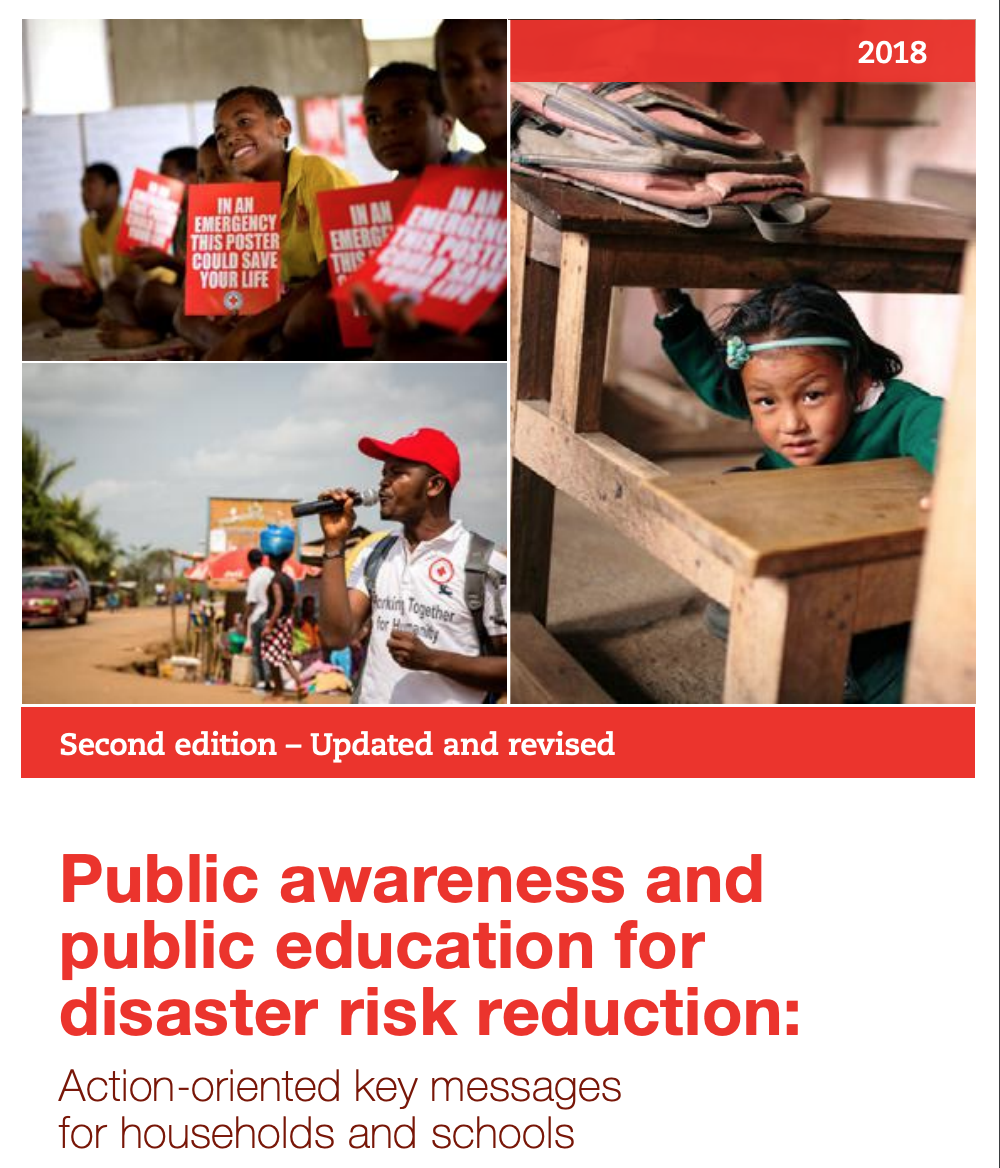Installation and Management of Community Cooling Centres

Heatwaves have an immense impact on the health and well-being of people around the world, especially in urban centres. Although growing in recognition, their severity often remains overlooked as a hazard or is addressed too late. This manual was developed to support humanitarians, governments and key actors to prepare for extreme heat events with the establishment of community cooling centres to support those most vulnerable.
Different conditions constitute heatwaves in different parts of the world. This is because the level of what is normal is different around the world, but man-made climate change (e.g. excess greenhouse gases such as CO2 emissions) means that heat peaks are now more intense and more frequent4. There are overarching factors that pro- duce a heatwave: 1. The temperature itself makes it an effort for our body to regulate its temperature. While it can get hot everywhere in the countryside and in cities, dense urbanisation and sealed surfaces of asphalt store the heat within cities, which makes the urban layout an important factor: heat is stored in streets and buildings and only released over time. Increased nighttime temperatures particularly de- crease our ability to regenerate at night, which may make us more prone to heat-related illnesses. 2. The humidity. If the air around us is humid – simply put, if the air is carrying a lot of moisture – it is a challenge for our body to sweat off the heat.
When following our normal schedules on hot days, we may over- look the symptoms of heat stress and heat exhaustion, which can also trigger adverse medical effects seemingly unrelated to the heat – which makes heatwaves a silent danger that can go overlooked. Taking a rest on these days is crucial, and it can be done in the community cooling centres promoted in this manual. Not only can a cooling centre relieve us of heat stress on hot days, but the prac- tices applied there can be learned by the community – creating awareness of the matter.
This community cooling centre manual aims to support RCRC Na- tional Societies’ preparedness efforts for heatwaves, while contrib- uting to the global RCRC Movement target to better protect 250 million people from heat by 2025, in at least 150 cities and towns. This new manual complements the City Heatwave Guide5 for Red Cross Red Crescent Branches, and the Heatwave Guide for Cities6 developed by the RCRC Climate Centre.
Purpose of this manual
The community cooling centre manual is intended to assist RCRC National Societies and branches in planning for, setting up and man- aging a community cooling centre during a heatwave. It informs staff and volunteers about how to recognise symptoms of heat exhaustion and manage and care for individuals affected by heatwaves and recommends the necessary first aid (FA) management steps.
How to use this manual
he manual helps to identify measures that are relevant and suitable for your context, cost effective and realistic to install and maintain. Case studies give practi- cal examples of how National So- cieties have implemented cooling centres. The authors acknowledge that there may be other existing approaches, and particularly traditional concepts, that have proven to be effective and relevant in managing the impact of heat on affected individuals. In such cases, the proposed concept may be considered complementary or an additional option to be considered.

